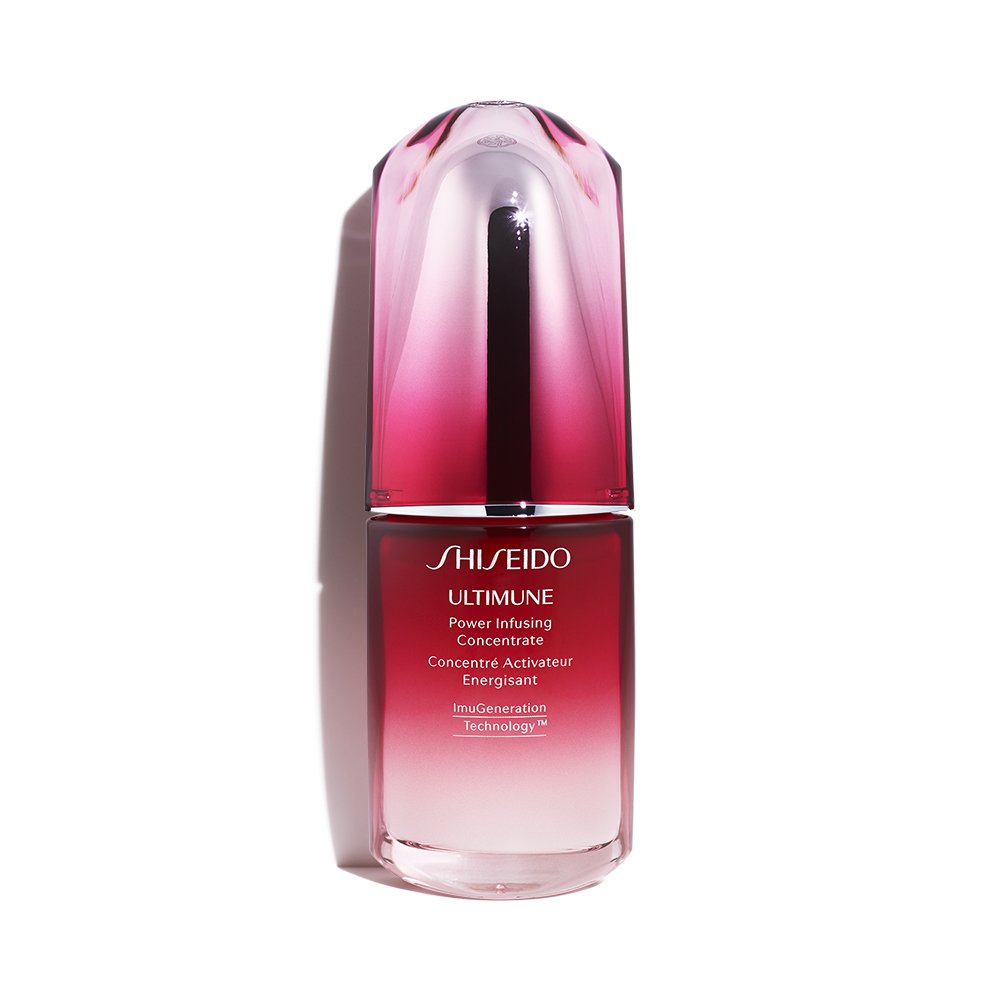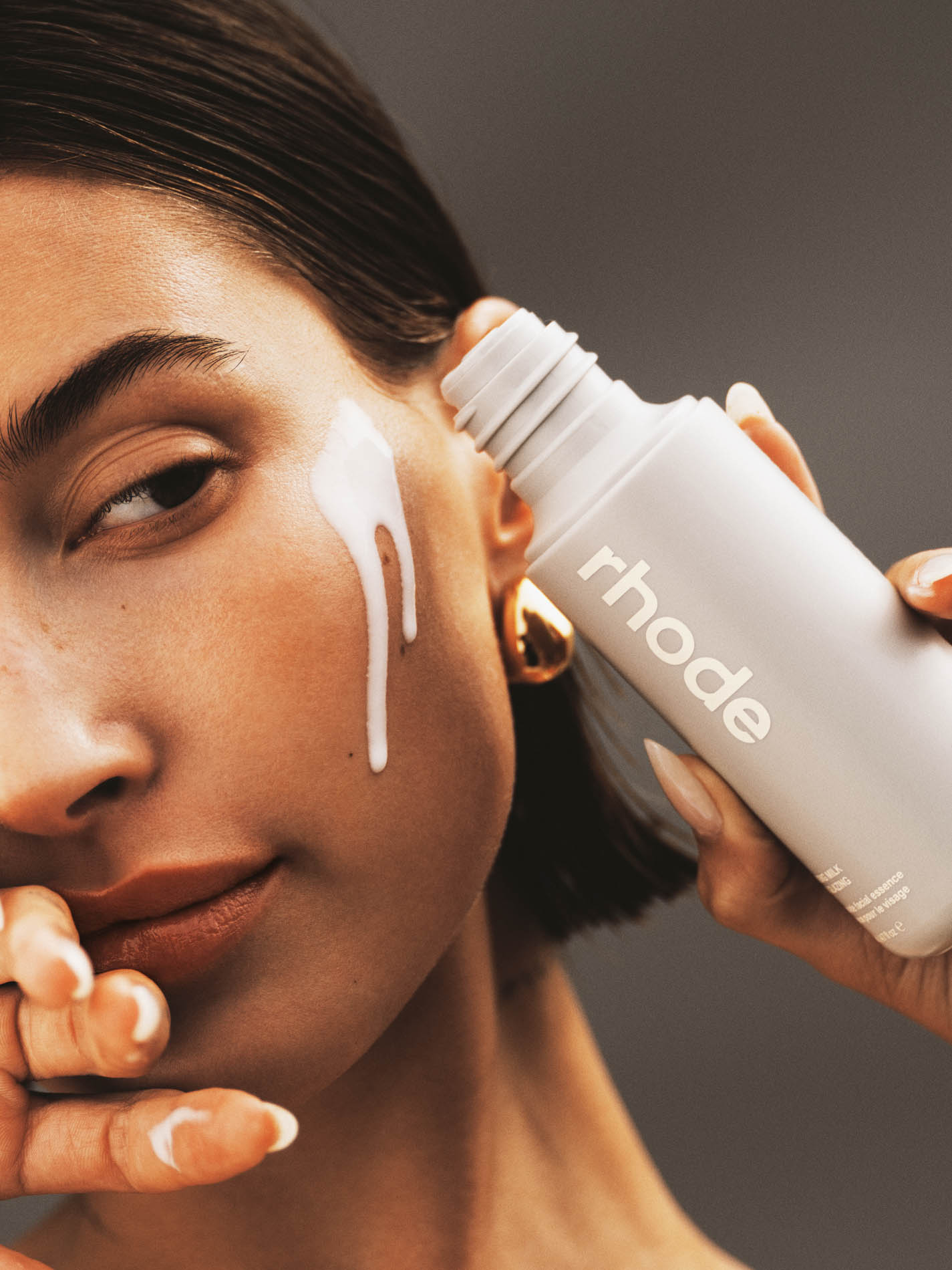The Science of Sunscreen
Toxic truth.

When you’re as famous for your looks—sun-streaked locks, perfect tan—as for your marriage to a star quarterback, anything you say about beauty is bound to be scrutinized. It took supermodel Gisele Bündchen two sentences to turn sunscreen into front-page news. “I cannot put this poison on my skin. I do not use anything synthetic,” the Brazilian bombshell declared, sparking international uproar and earning reproaches from renowned oncologists and dermatologists.
Bündchen’s clarification of her comments—she was objecting to certain ingredients commonly found in sunscreens, not to sunscreen itself—only fuelled the fire. Which ingredients? What harm can they do? And, most importantly, are they in my sunscreen?
They probably are. Two of the synthetic ingredients later name-checked by Bündchen’s publicist—parabens and retinyl palmitate—are commonly found in mainstream sunscreens, as are eye-crossingly named ingredients such as octyl methoxycinnamate, benzophenone-3 (oxybenzone), homosalate (HMS), and 4-methylbenzylidene camphor (4-MBC).
“Pretty ominous sounding, aren’t they?” says Dr. Bruce Hoffman, a Calgary-based medical doctor and the medical director of the Hoffman Centre for Integrative Medicine. “It’s a fallacy to think that applying things to the skin is much different from ingesting them. The skin is a porous, absorptive surface—these materials are getting into the body.”
The common denominator of the above ingredients is that they’re endocrine disruptors, which means that they have the power to alter our hormones, glands, and cellular receptors. One of the most common consequences? Excess estrogen, which has been linked to everything from weight gain and insomnia to infertility and reproductive cancers like uterine and prostate, along with breast cancer.
Still, experts are quick to point out that applying a daily sunscreen—even one with endocrine-disrupting ingredients—doesn’t automatically lead to a cancer diagnosis. “There’s no evidence that people are putting on sunscreen and then dropping like flies,” says Dr. Hoffman, “but one has to question whether the introduction of new synthetic chemical agents applied to heated skin is desirable, especially for children.”
Or, as Kristen Ma, the co-owner of organic skin-care line Pure + Simple, puts it, “We’re already inundated with so many things that cause estrogen dominance—plastics, pesticides. Why further the imbalance?”
Vanity might be the most compelling reason. Synthetic sunscreen ingredients tend to absorb gracefully into the skin, leaving a sheer finish, whereas non-synthetic minerals, such as titanium dioxide and zinc oxide, create a heavy whitish pallor. “They’re not cosmetically elegant,” agrees Dr. Jason Rivers, a clinical professor of dermatology at the University of British Columbia. “But [titanium dioxide and zinc oxide] work. They effectively block both UVA and UVB rays. The problem is that no one wants to look like Casper the Ghost.”
Part of the reason for the efficacy of titanium dioxide and zinc oxide is that they’re both nanomaterials: their particles are small enough to slip deep inside pores, and they work to reflect UVA and UVB rays rather than absorb them as non-mineral compounds do. Nanomaterials are related to nanotechnology, the study and practice of manipulating matter on an atomic and molecular level. The particles may be tiny, but the possibilities are enormous. It’s the grand scale that worries people. What happens when you move beyond minerals and allow manufactured ingredients such direct, undiluted access to the body?
“Nanotechnology is very promising, but it’s also fraught with peril,” cautions Dr. Hoffman. “The particles are both easily absorbable and tenacious—they could find their way into cells and organs. Before we unleash these products, we need to study them. They could be tomorrow’s asbestos.” (Health Canada takes a less extreme view. In an e-mail, a spokesperson said that “at this time, there is no evidence to suggest that nanoparticles in either consumer products or cosmetics pose any risk to consumers.”)
But ingredients are just part of the sunscreen puzzle. Over the last decade, our understanding of the sun has deepened significantly, forming around two sensitive pillars: aging and health. We now know that UVA plays a major role in photo-aging, and that early, excessive sun exposure has been conclusively linked to melanoma, the most dangerous form of skin cancer.
This knowledge has led to what Dr. Hoffman calls a “campaign” against sun exposure. “Let’s face it, skin cancer is a terrible cancer,” he says. “But there are relatively few deaths associated with it.” (According to the Canadian Cancer Society, of the 200 Canadians that die of some form of cancer every day, two succumb to skin cancer.) Cancers associated with low vitamin D—colon, prostate, breast—are, says Dr. Hoffman, far more deadly. “In an effort to attack skin cancer, we’re compromising our susceptibility to other cancers.”
The uneasy reality is that, right now, there isn’t an elegant solution to sun care. The experts agree on the expected things: that vitamin D is essential, and that when out in the sun, you should protect yourself by wearing a hat, seeking shade, and applying sunscreen. Beyond that, it’s up to consumers to weigh the risks and make their own decisions. As Ma from Pure + Simple explains, “It would be foolish to tell people to avoid sunscreen. It’s about researching what you’re using and, ultimately, being careful.” After all, no one wants to get burned.
________
Never miss a story, sign up for NUVO’s weekly newsletter, here.








